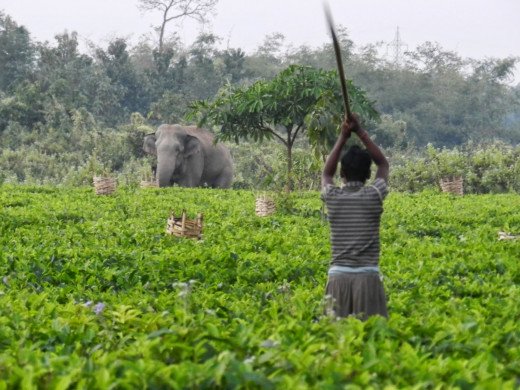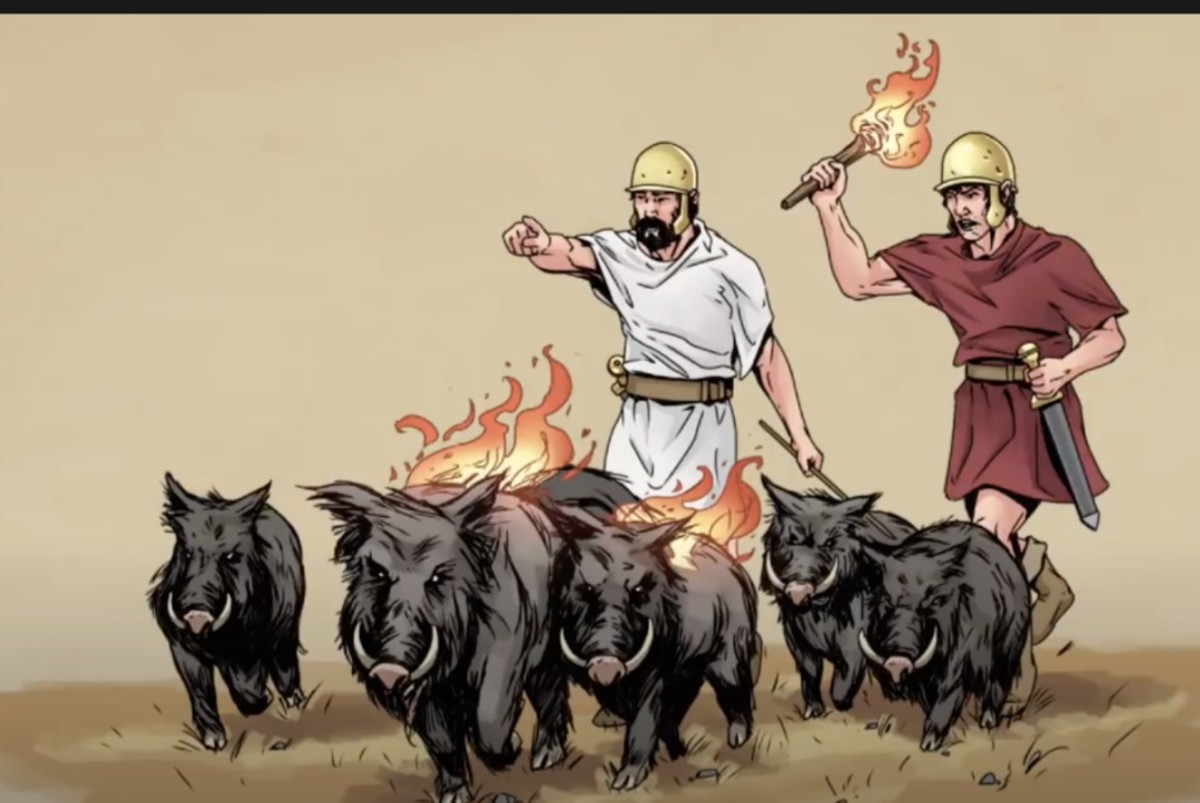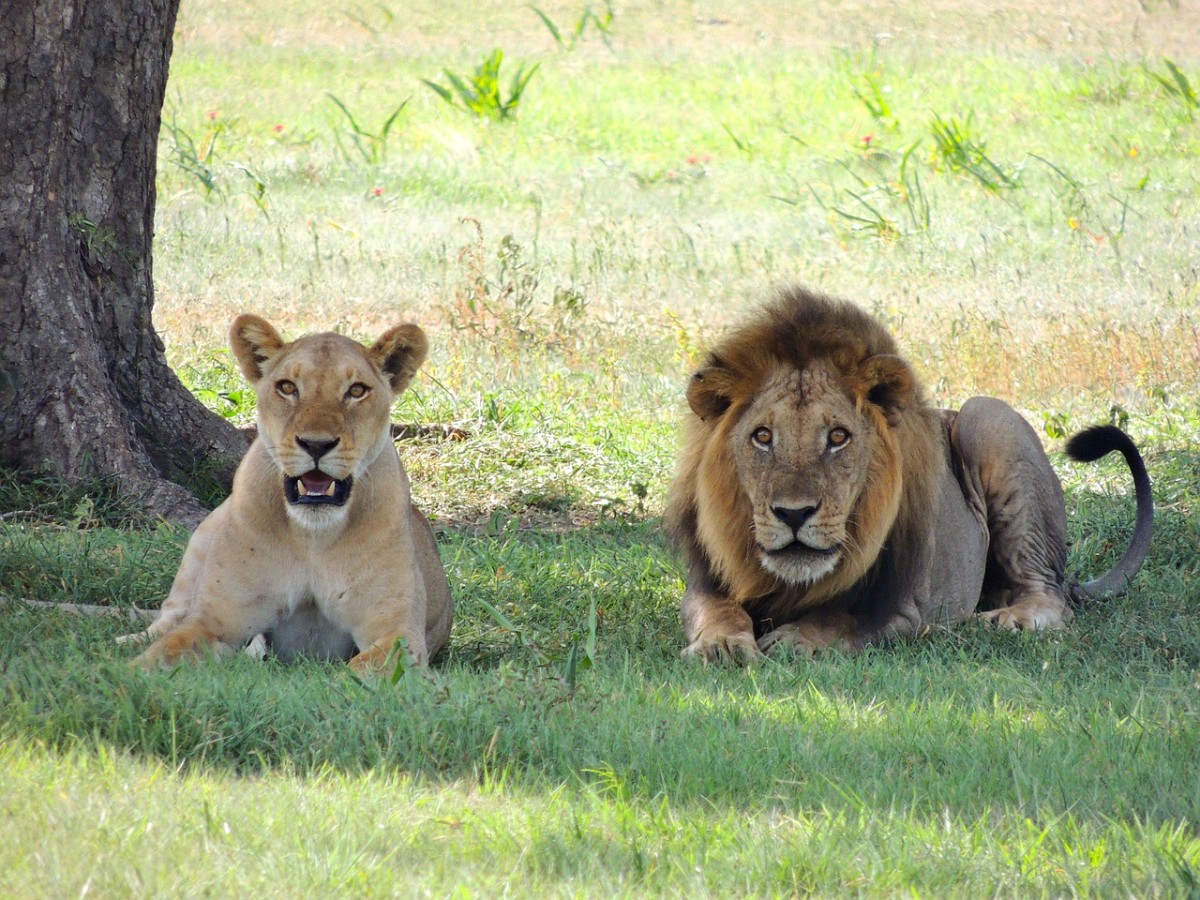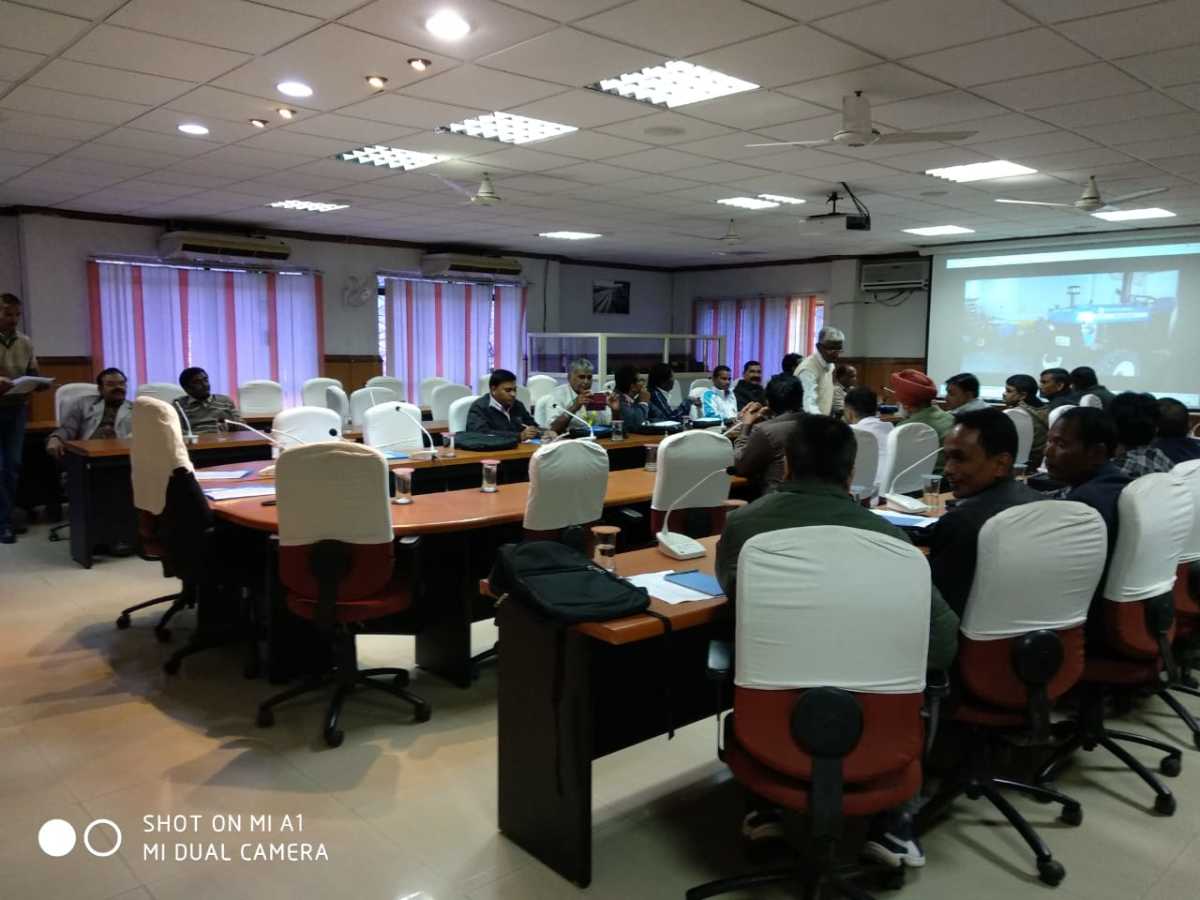Clash between man and elephant in India

Rapid deforestation, encroachment of habitats, lack of food, the spreading of agricultural and commercial spheres in vicinity of jungles are some the cause which leads to the conflict between man and elephant in India . The Elephants during the time of flood and other drought like conditions in search of food attack the habitation of people near forest areas. The government of India has made it mandatory for the people to strictly adhere the terms of the Wildlife Protection Act 1972, according to which the forest area is divided into three major spheres or zones. The Core zone is the most important sphere of the forest and no human interference is allowed here except for the practices of the indigenous tribal people without harming the ecology , like honey gathering.The Buffer zone lies outside the core zone and beyond the critical zone as it needs a lesser degree of habitate protection.This zone is aimed at promoting co-existance of human activity and wild life due to recognition of livelihood, development, social and cultural rights of local people who were in the limit of such areas.
However the Elephants often attack in and outside the buffer zone. This is because in flood like conditions when there are shortage of food foe the animals, the herd attacks the nearby villages , specially granaries to access food. This is one of the most important cause of Man animal conflict.
Sometimes during mating time or for other reasons like humans stepping too much closer to the herd or lonely male , elephants become very angry and try to attack man. Generally , Asiatic elephants live in herds and in no way comes to the contact of people. During the ancient and mediavel ages, the Kings used to tame elephants which was used as a weapon and for carrying purposes. This practice lived still after independence hence , elephants in India were always in frequent contact with mankind. The rising problem is the violent attitude of people towards the elephants and at the same time the frequent occurrences of clashes or elephant attacks
Elephants are always regarded as holy animals in India. In the ancient literatures like Rig Veda, the elephants is regarded by the authors as an animal of aweful features and he as referred as 'Mrigahasti', an animal with a hand in the front.They are worshipped as the incarnations of god 'Ganesha'. According to myth , after the beheading of Ganesha by his father god Shiva after an epic battle, his head was replaced by a head of an elephant. Thus elephant was very sacred to the Indians. It has been referred in ancient texts with names like 'Hasti', 'Dipa', 'Naga'.Almost all of the ancient dynasties had reserves of Elephant riding warriors. In the epic battle of Hydaspes in 327 B.C., between Alexander the Great and Indian ruler Porus, we hear from Megasthanes how the elephants created panic in the Greeks
Elephants are found mostly in the North eastern region, the Himalayan foothills, the Ghats, the deccan peninsula and in the Jungles of Kerala and Tamilnadu. Its habitation is distributed through the states of Andhra pradesh, Tamilnadu, Kerala, Orrisa, Himachal Pradesh, West bengal, Assam ,Meghalaya and Arunachal Pradesh.

The most terrifying clashes are seen in the tea garden areas which were originally the habitats of the Elephants. In Upper Assam, which is one of the chief tea growers of the World,the extension of tea cultivable areas had caused the clearing of forests in mass scale since the precolonial period. After the independence war of Bangladesh in 1972,the immigrants from Bangladesh were settled in forest areas that also resulted in large scale deforestation. The population growth among these communities are alarmingly high due to which the encroachment of forest area takes place.
The Modern India is growing at a rate of about 8% GDP per year. To fulfill the demand of the 1.6 million people there is increasing pressure on the agricultural as well as the industrial sector. Both these sectors are largely dependent upon land as well as many factors.Forests are everyday cleared out to build infrastructure for development of cities, industries and Farming lands. This human behavior actually brings the forest community and the people living in Cities to a conflict over resources. In areas like 'Kajiranga national park' there is close proximity between animal habitat and people. The Government of Assam also has to face two problems as there is the question of sustaining the poor and on the other hand there is the wild animals . In Upper Assam elephants generally attack the nearby areas of the tea garden area.
The animal has now a days is more prone to any other method used by the villagers to distract them. Earlier torches and crackers were used to push them back into the jungle.
The people have also become more cruel to animals like never before. The poor animals also have to die because of the railway crossings and some of them are electrocuted by live wires. The overall situation is very bad in villages.
Mostly, during the flood season the elephants attack the villages and clashes anything between them. They mostly come in search of foods and kill people on the way.
There are some schemes of the Central Government of India like Project Elephant to tackle the problems of the Jumbos. It was launched in the year 1991 with objectives as protecting elephants and their habitats and corridors , addressing the issues of man and animal conflict and welfare of domesticated elephants. Currently 'Project Elephant is implemented in 13 states - Andhra-Prdadesh, Arunachal, Assam, Jharkhand, Karnataka, Kerala, Nagaland, Orissa, Uttarakhand, Madhya Pradesh and West Bengal. Sighbhum elephant reserve in Jharkhand was the first ztiger reserve notified in 2001. Currently there are 30 elephant reserves in India.








